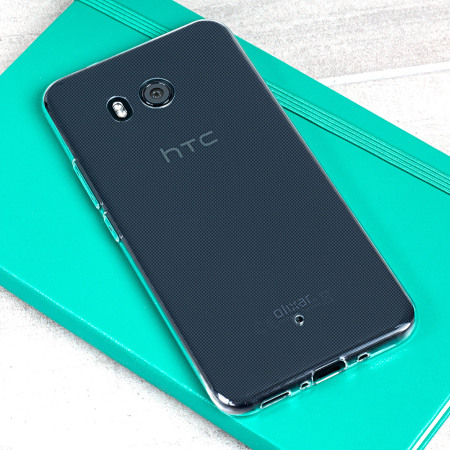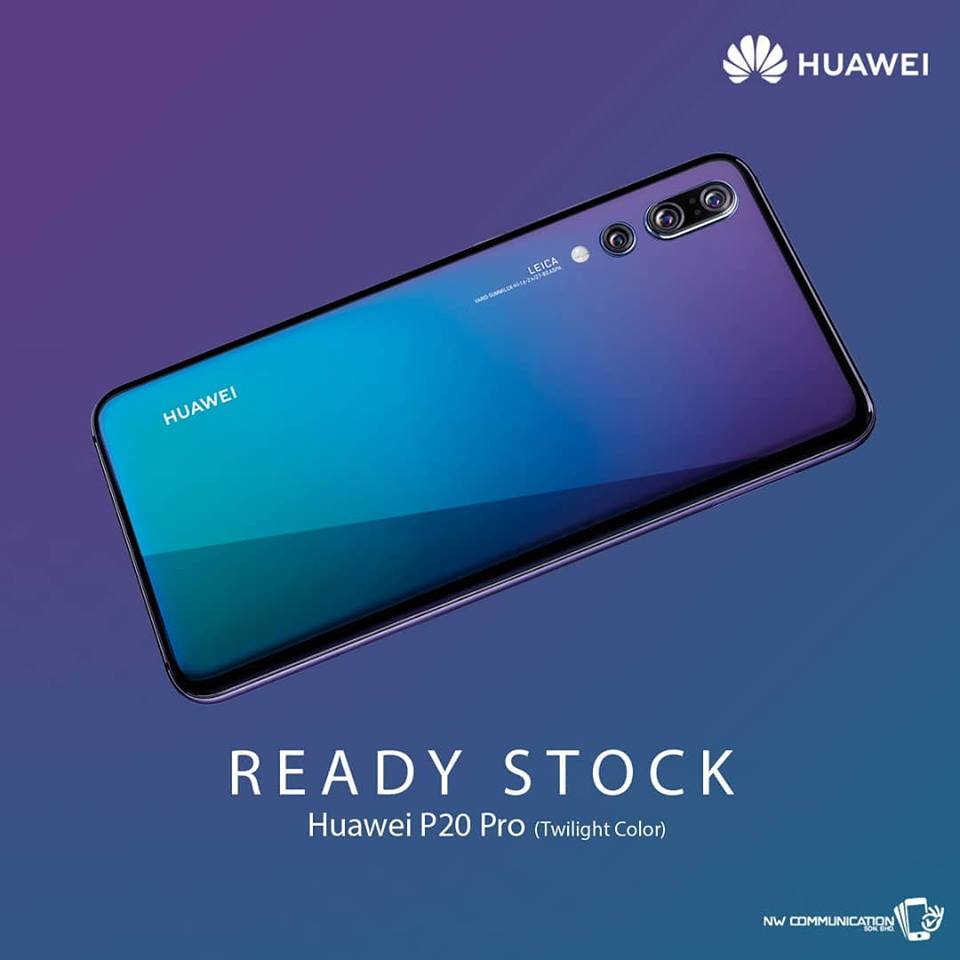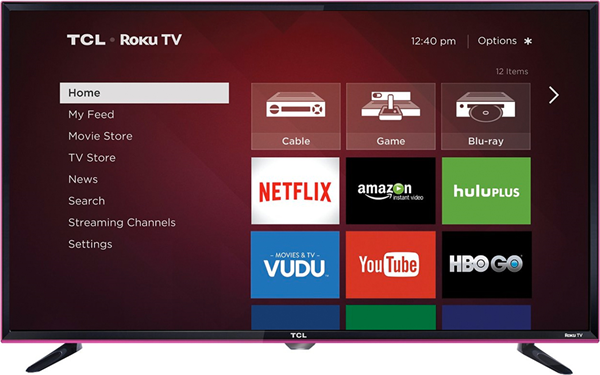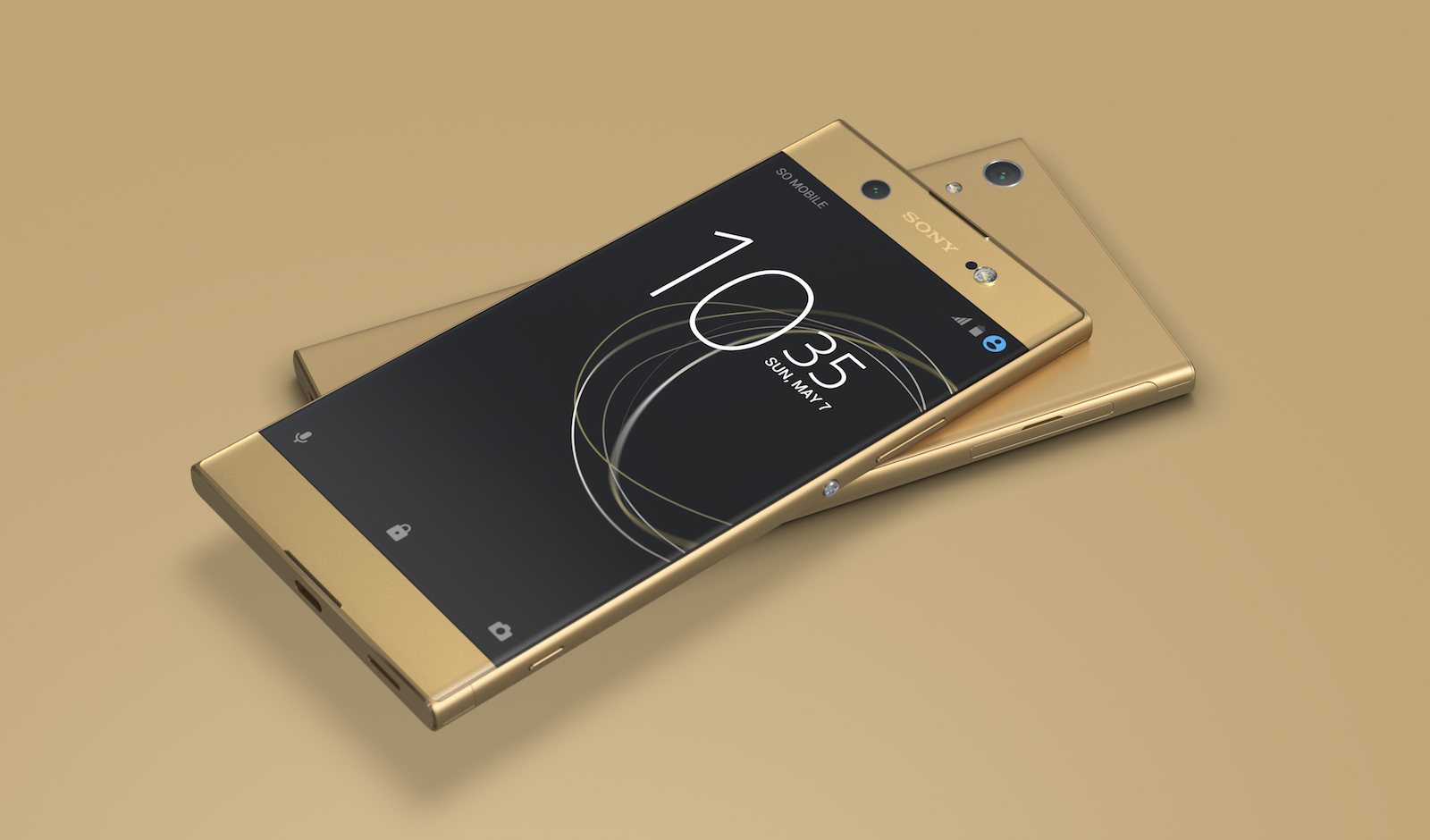Maybe that’s a parable worth pinning for this new cell phone from HTC.
Yesterday, precisely on Thursday (9/21) HTC held a launch event for its new cellphone, the HTC Desire 10 series consisting of two models, the HTC Desire 10 Lifestyle and the HTC Desire 10 Pro. From the design side, you could say this phone has a charming design with a color selection that is rarely found on other mobile phones, including light blue and dark blue with an accent antenna line and gold list, interesting right?
Also the curve of the body and the placement of buttons, ports and speaker holes are neat and unique. Initially I thought this phone could be a “refresher” of the design of today’s mobile phones that are just like that and could be an option for potential consumers who want a cell phone that is different from others.
But, that thought began to fade when I read the specification column especially for the HTC Desire 10 Lifestyle, which in the processor’s statement said “Snapdragon 400”. Yes, Snapdragon 400! HTC deliberately juxtaposes the unique design of the HTC Desire 10 Lifestyle with a processor that has existed since 3 years ago and even now has been used for a line of smart clocks or smartwatches. The processor which only has four Cortex-A7 type cores and is only capable of running the 32-bit Android operating system seems very underpowered for this class of cellphone.
Moreover, seeing the habit of HTC which tends to set a higher price tag than competitors. As this title previously said, the HTC Desire 10 Lifestyle is like you drive a sports car with a distinctive and striking design but when you open the hood you will only find a tiny 998cc 3-cylinder engine. Extraordinary.
I mean, let’s go HTC, the Qualcomm Snapdragon 4xx series also has a new one, for example the Snapdragon 430, which offers more qualified performance and has far better features. Even though when viewed from the specifications side such as 4G LTE connection features, Android 6.0 Marshmallow, 2700 mAh battery, 13 megapixel and 5 megapixel cameras respectively for front and rear, RAM size and storage space which is quite large namely 3GB and 32GB it’s enough to compete with cellphones of its class.
I’m sure many regret this HTC’s decision, especially the fanboy (if there is still one) who wants HTC as one of the pioneers of Android phones to repeat its success as before. Indeed, this year HTC still has a chance with two Google Nexus (or now Pixels) strong rumors to be designed by them and Google. But what does it mean to let go of the hands of other series that even have the potential to gain success?
HTC, healthy?
Source: GSMArena
Other Technical Reviews:- Review








